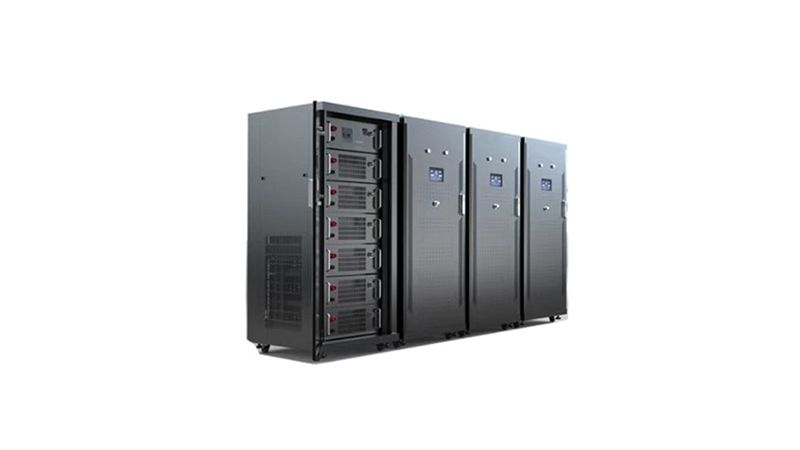Energy Storage Systems (ESS) are becoming increasingly essential in today’s energy landscape, enabling a more efficient and sustainable use of power. For those utilizing a 512 kW battery, optimizing its performance can lead to significant improvements in efficiency, longevity, and overall return on investment. This article outlines practical strategies for ensuring your ESS battery operates at its best.
Understanding the ESS Battery
An ESS battery, such as a 512 kW unit, plays a crucial role in managing energy supply and demand. These systems store excess energy generated during peak production periods—often from renewable sources like solar or wind—and release it during times of high demand. However, maximizing the effectiveness of this storage requires understanding its operating mechanics and applying best practices for maintenance and management.
1. Regular Monitoring and Maintenance
A proactive maintenance schedule is vital for ensuring optimal performance. Regularly monitor the battery’s state of charge (SoC) and state of health (SoH) to detect any potential issues early. This includes checking for:
- Temperature Regulation: High temperatures can significantly reduce battery efficiency and lifespan. Ensure your battery operates within the manufacturer’s recommended temperature range. Consider implementing cooling systems if needed.
- Voltage Levels: Routine checks on voltage levels can help identify issues such as cell imbalances, which may require recalibration or corrective maintenance.
2. Optimal Charging and Discharging Practices
How you charge and discharge your battery can greatly influence its performance:
- Avoid Deep Discharge: Deep discharging can lead to reduced battery life. Aim to keep the SoC above 20% whenever possible.
- Implement Smart Charging: Utilize algorithms or software solutions that optimize charging schedules based on energy availability and pricing. Charge your battery during off-peak hours when electricity rates are lower, maximizing cost savings.
3. Utilize Advanced Management Systems
Investing in a robust Battery Management System (BMS) can provide numerous benefits:
- Real-Time Data Access: A sophisticated BMS offers real-time monitoring of battery performance, allowing for immediate adjustments and informed decision-making.
- Predictive Maintenance: Advanced systems can forecast when maintenance is needed based on usage patterns and historical data, preventing costly downtimes.
4. Optimize Load Management
How the energy is consumed plays a significant role in the battery’s performance:
- Load Shifting: Use your ESS to shift loads from peak to off-peak times. For instance, charge your battery during periods of low energy demand and discharge it during peak times, minimizing energy costs.
- Demand Response Programs: Participate in demand response initiatives, which can allow you to sell back excess stored energy during peak demand periods, enhancing the economic viability of your ESS.
5. Make Use of Renewable Energy Sources
Integrating renewable energy sources with your 512 kW battery can optimize performance:
- Solar and Wind Integration: Pair your battery with solar panels or wind turbines. Charging your ESS using renewable sources reduces overall operational costs and supports sustainability goals.
- Smart Grid Connectivity: Connect your energy storage to a smart grid system to better manage energy flow and maximize efficiency. This connectivity can help you take advantage of dynamic pricing and contribute to grid stability.
6. Training and Best Practices for Staff
Educate your personnel on best practices for operating and maintaining the ESS. Having well-trained staff can significantly enhance the system’s performance by:
- Improving Response Time: Well-informed team members can quickly address any issues that arise, preventing minor problems from escalating into major repairs.
- Promoting Best Usage Practices: Regular training sessions can instill sound operational practices, ensuring that all users maximize the battery’s potential.
Conclusion
Optimizing the performance of your 512 kW ESS battery is crucial for maximizing efficiency, reducing costs, and extending the lifespan of your investment. By implementing regular monitoring and maintenance, adopting advanced management systems, optimizing load management strategies, and integrating renewable energy sources, you can ensure that your energy storage system is not only effective but thriving in a dynamic energy environment. As the demand for energy storage continues to grow, these practices will keep you ahead of the curve.

